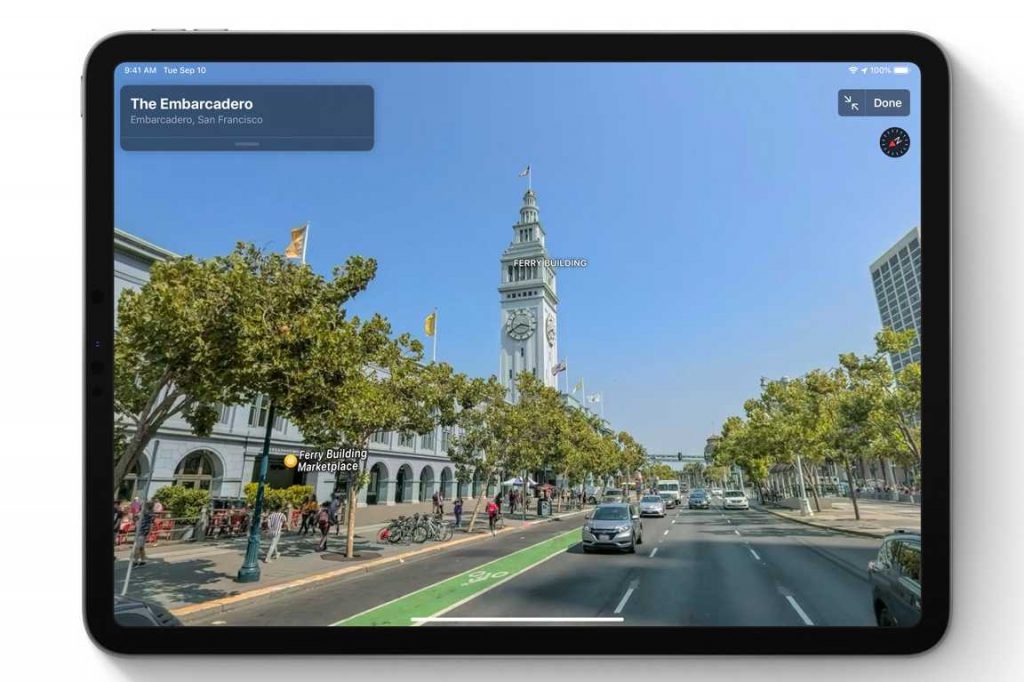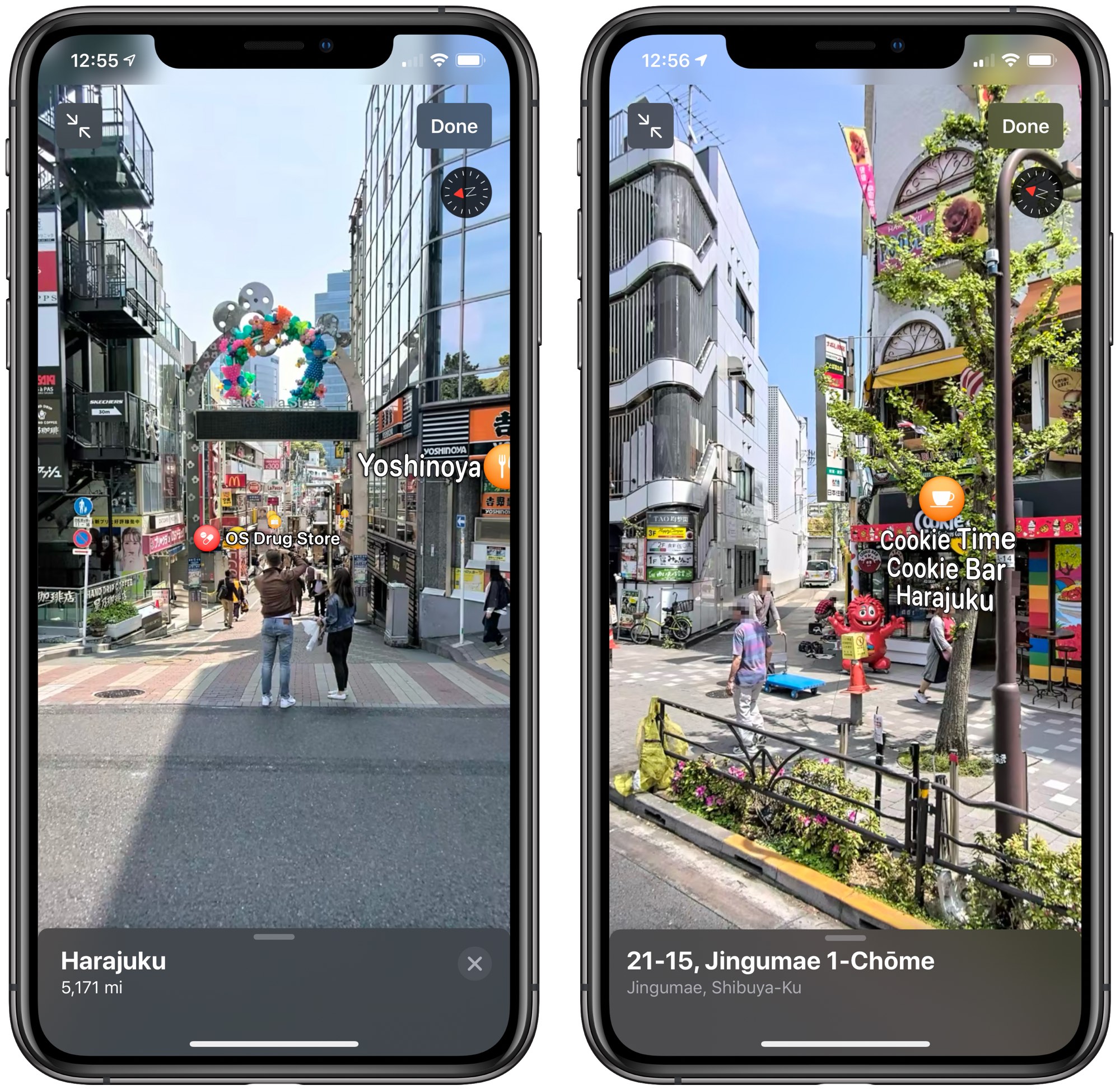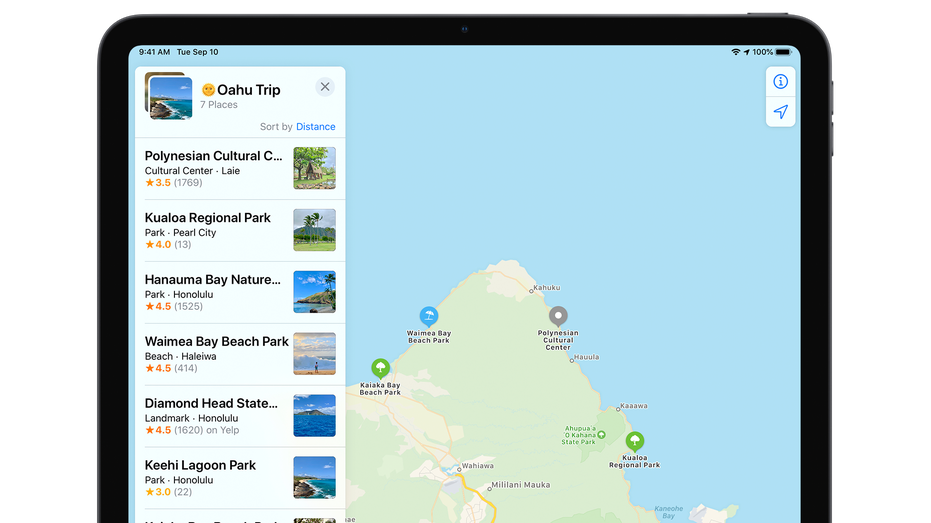


Since then, a lot has changed, and for people living in the Apple ecosystem, Apple Maps has become a viable alternative to Google Maps. Apart from laughably poor 3D satellite imagery dominated by broken bridges, glitchy buildings, and warped landscapes, the service had errors that could leave you stranded in the middle of an Australian national park. You can see a full list of countries where we are conducting ground survey data here.When Apple first launched its Maps service in 2012 to much fanfare, it was quickly ridiculed and dismissed, though. See below to understand where we will be mapping the world next. If you have comments or questions about this process, your privacy rights, or would like to request that a face, license plate, or your own house be censored, please contact us.įor more details on how Apple Maps protects your privacy click here. For example, we will censor faces and license plates on images that are published in Look Around.

We are committed to protecting your privacy while conducting these surveys. These pedestrian surveys allow us to improve and update Apple Maps in areas where vehicles simply can’t go while using the same privacy protections as the Apple Maps vehicles. Other pedestrian surveys use iPads, iPhones or other devices to collect data for map improvement purposes.

Some pedestrian surveys use a backpack system to collect data that may be used directly in Apple Maps, such as in the Look Around feature. Apple is also conducting surveys with portable systems in select pedestrian areas (for example, certain streets in London that cannot be driven). We may periodically revisit and re-collect data in some of those locations in an effort to maintain a high-quality, up-to-date map. Vehicle surveys may use equipment mounted on the outside of vehicles as well as iPhones, iPads, or other devices inside of vehicles. Apple is conducting ground surveys with vehicles around the world to collect data to improve Apple Maps and to support the Look Around feature.


 0 kommentar(er)
0 kommentar(er)
